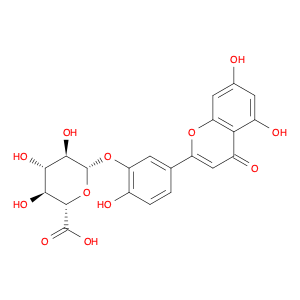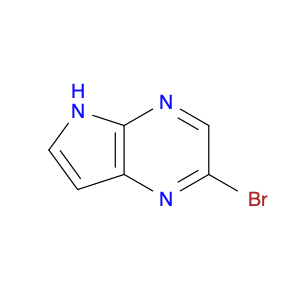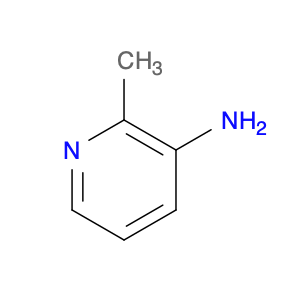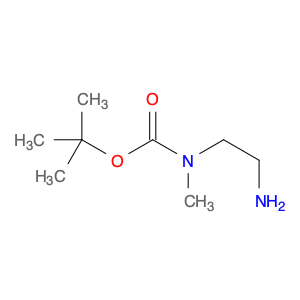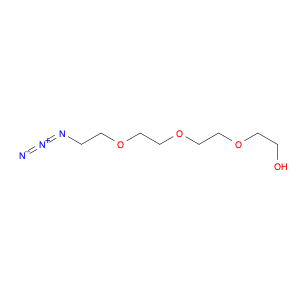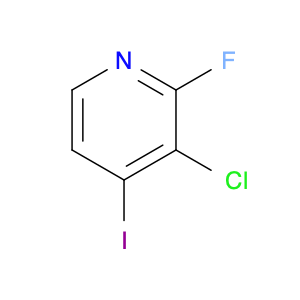Luteolin-3'-D-glucuronide, a naturally occurring flavonoid compound, serves as a valuable tool in chemical synthesis due to its unique structural properties. This derivative of luteolin, a plant pigment known for its antioxidant and anti-inflammatory properties, offers a versatile platform for synthesizing novel molecules and functional materials.In chemical synthesis, Luteolin-3'-D-glucuronide can be employed as a precursor or intermediate in the production of pharmaceuticals, agrochemicals, and specialty chemicals. Its glucuronide moiety enhances solubility and stability, making it suitable for use in various reaction conditions. Additionally, the presence of luteolin provides potential biological activity, which can be harnessed in developing bioactive compounds.Due to its structural complexity and reactivity, Luteolin-3'-D-glucuronide enables the exploration of diverse synthetic strategies, including derivatization, conjugation, and modification of functional groups. Chemists can leverage its natural origin and medicinal properties to design new molecules with targeted applications, such as drug discovery, material science, and chemical biology.In conclusion, the application of Luteolin-3'-D-glucuronide in chemical synthesis offers a promising avenue for innovation and discovery in the field of organic chemistry. Its versatility and reactivity make it a valuable asset for developing next-generation compounds with therapeutic, agricultural, and industrial potential.
 sales@aaronchem.com
sales@aaronchem.com
